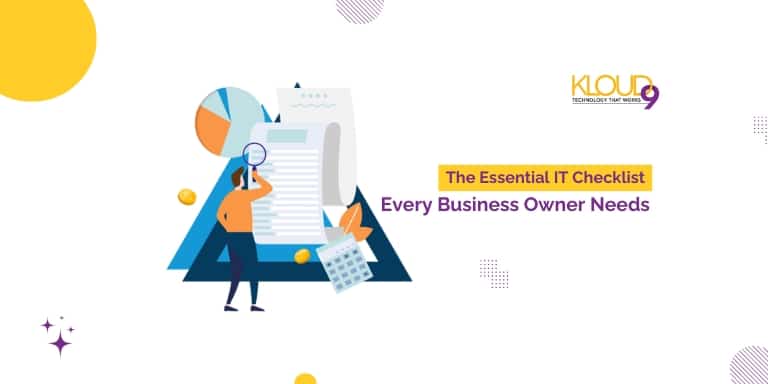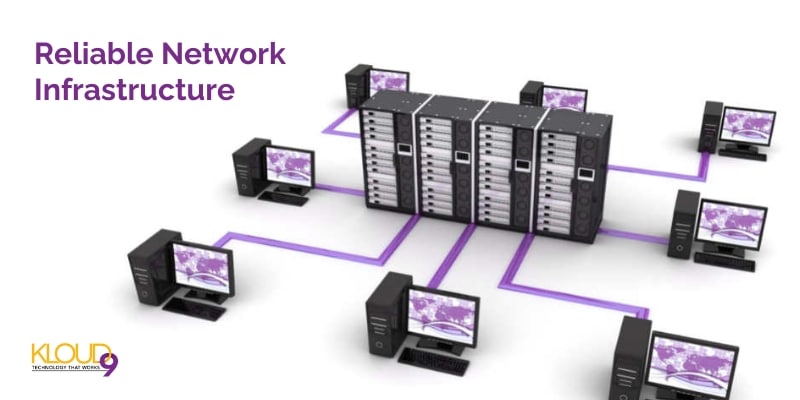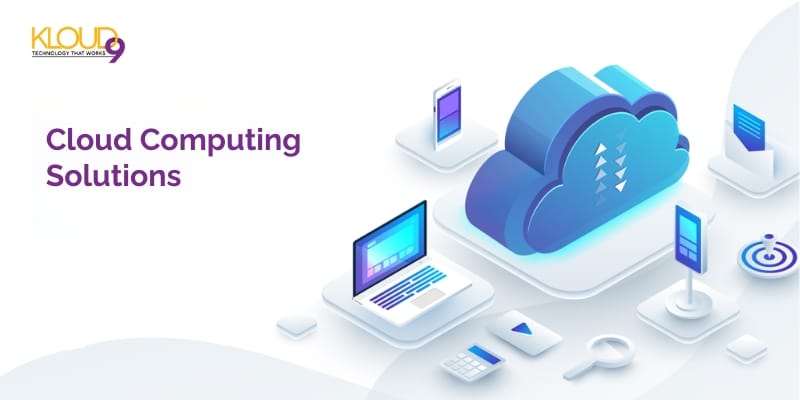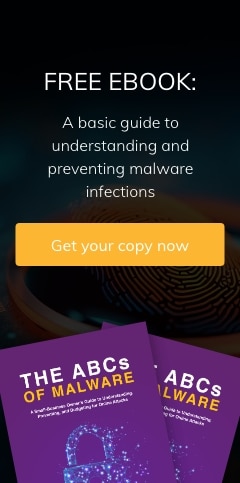In today’s digital world, many businesses depend on technology to navigate their operations properly. Managing your clients' sensitive information or internal operations can be challenging, so you need reliable business IT support to perform better in a competitive business landscape.
Many would instead focus on expanding their customer base, look for ways to increase revenue, and drive growth than pay attention to IT support systems. They do not know that neglecting essential IT practices can lead to security breaches, costly downtime, and missed opportunities.
Many solutions exist, but you may not know where to start. This guide will reveal essential checklists for business owners, which are a must if you want to strengthen your IT foundation.
The Comprehensive Checklist for Building a Thriving Business
Business challenges are similar whether you are already running it or starting from scratch. As a business owner, you need guidance on navigating complicated growth management schemes, understanding entrepreneurship, and overcoming possible obstacles.
However, an ultimate checklist can serve as a roadmap, helping you make informed decisions, focus on your business goals, and avoid costly mistakes. These checklists clarify critical areas of your business, ensuring you stay on track to drive your business growth with confidence.
Establish a Solid Foundation
For your business to succeed, you must begin with a clear sense of purpose. You can start by writing down your company's mission or reflecting on it. It could be long-term goals, vision, and your target audience. Defining your mission allows you to articulate the existence of your business, and knowing your ideal customers makes it easy to serve them better. In addition, it is also essential to analyze your competitor’s strengths and weaknesses, as this strategy helps you stay informed on critical business elements.
Build a Reliable Network Infrastructure
Your business IT support is the foundation for proper collaboration, communication, and productivity, including internet access and file sharing. A well-designed network setup enables secure and fast connections across teams, locations, and devices. It also ensures reliable access to critical business applications and data, seamless video conferencing and communication, file sharing, and collaborations.
Protect Your Business With Cybersecurity Framework
Small businesses are highly susceptible to cyberattacks because they may not have strong security systems like larger enterprises. This emphasizes the need for robust security measures. So, your checklist should include antivirus and firewall software to help control traffic, eliminate malicious programs, and hinder unauthorized access into your system. It is also essential to implement data encryption to protect sensitive data and apply two-factor authentication to business systems, as this extra layer safeguards the system against potential breaches.
Safeguard Your Business With a Data Recovery Plan
Data backup is every business owner’s safety net when a disaster occurs. But most business owners fail to add this to their checklist. Prioritizing data backup ensures critical business data recovery, minimizes financial loss, and maintains customer trust. No matter the size of your business, a solid recovery and backup plan restores normal operations after a hardware failure, natural disaster, or cyberattack.
Automated backups provide a reliable way to protect your business-critical data by regularly backing it up to a secure location. With cloud-based backups, you can also enjoy easy scalability and offsite protection. On the other hand, a disaster recovery plan quickly restores data and allows businesses to resume operations after an unexpected incident.
Streamline Your Business With Licensing Management and Effective Software
Keeping your business software updated with the latest version is crucial to maintaining optimal security and functionality. These timely updates reduce costly fines and enable compliance with legal requirements, eventually saving your business resources and time.
Software updates restore security vulnerabilities and improve system performance. Meanwhile, effective license management helps you avoid penalties, eliminate unused subscriptions, and improve your software investment for maximum Return on Investment.
Simplify IT Management With Managed IT Services
Managing infrastructure in-house can significantly challenge many small and medium-sized businesses. That is why it is essential to invest in a Managed Security Service. Outsourcing IT tasks to a trusted MSP reduces network monitoring, system maintenance, and cybersecurity burdens, enabling your team to focus on other operations that drive business growth.
When choosing a managed service provider, ensure that they are experts in many areas, including:
- IT consulting and strategy
- Data backup and disaster recovery
- Threat and cybersecurity management
- Network management and infrastructure
- Cloud computing and migration
- Compliance and regulatory requirements
Apply Cloud Computing Solutions
Cloud-based businesses operate through unparalleled cost savings, scalability, and flexibility. If your company is suitable for cloud services, you can leverage them to run your business applications, backup data, or store sensitive data.
When choosing a cloud provider, prioritize providers with a proven track record of reliability, seamless scalability, and robust security measures. Leading providers like Microsoft Azure, Amazon Web Services (AWS), and Google Cloud offer cloud computing solutions to support business needs, ensuring an efficient, secure, and scalable cloud infrastructure.
Employee IT Training
Employee training is an essential yet often overlooked IT checklist. Is employee training. Your business operations might use advanced systems and secured networks, but it is still vulnerable to human error. Employees can succumb to phishing scams or neglect security through their devices, causing serious security breaches, compromising sensitive business data, disrupting operations, and damaging your company's reputation.
IT training can help equip your staff with the knowledge and skills to identify and prevent cybersecurity threats, significantly reducing the risk of breaches and protecting your company’s sensitive data. Phishing awareness, device security training, and password management are essential aspects that can help protect your business. It supports safe browsing habits, incident response tactics, cyber security solutions, and social engineering procedures.
Conclusion
Technology has taken over many businesses in today's world, making it risky to ignore IT practices. So, if you want to reduce issues in your business, you must implement the essential IT checklist outlined above. These approaches help empower you to protect sensitive data, minimize costly downtime, and drive sustainable growth. Taking proactive measures will mitigate IT risks and prioritize employee training, ensuring your team is equipped to stay ahead of emerging threats.





You must be logged in to post a comment.